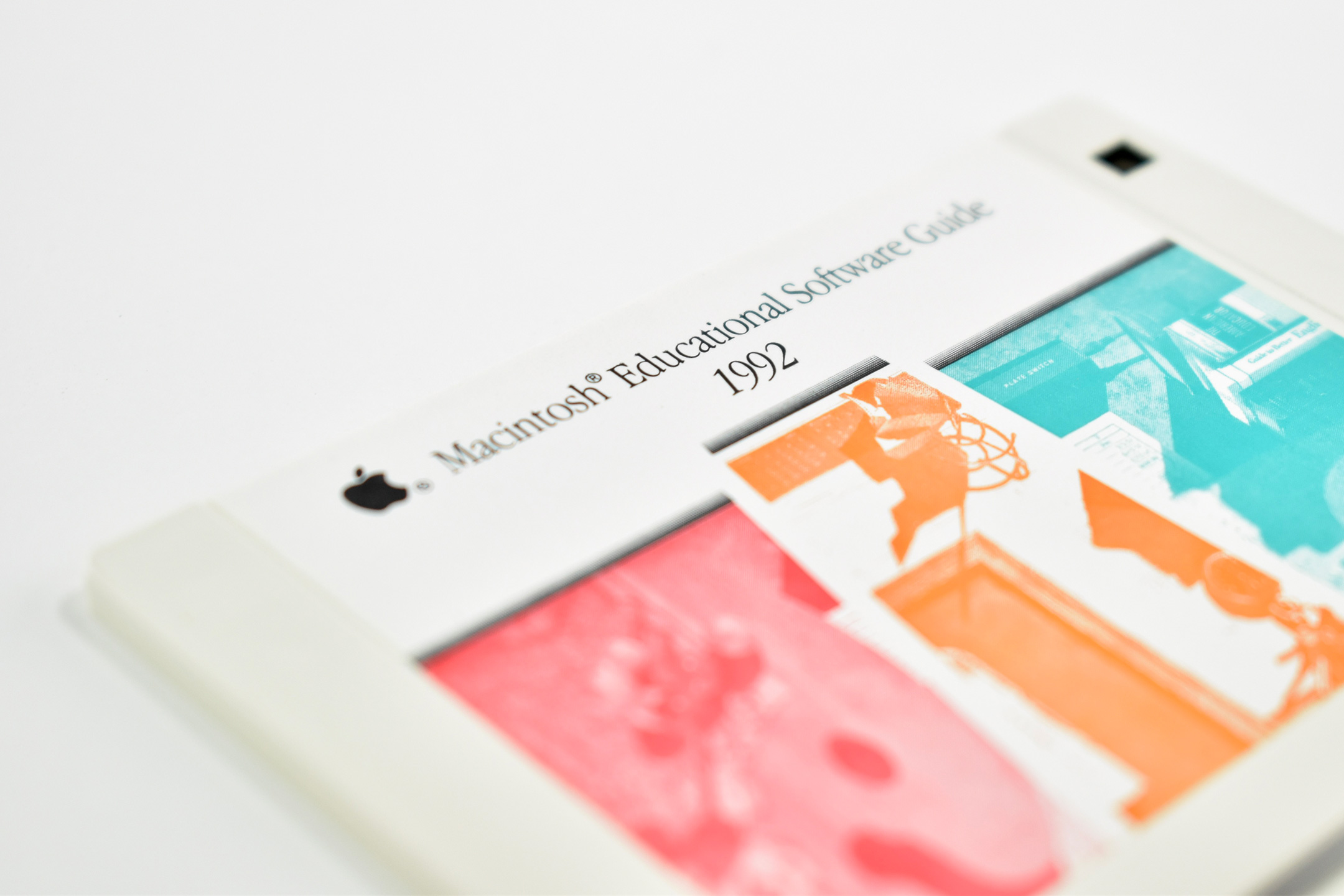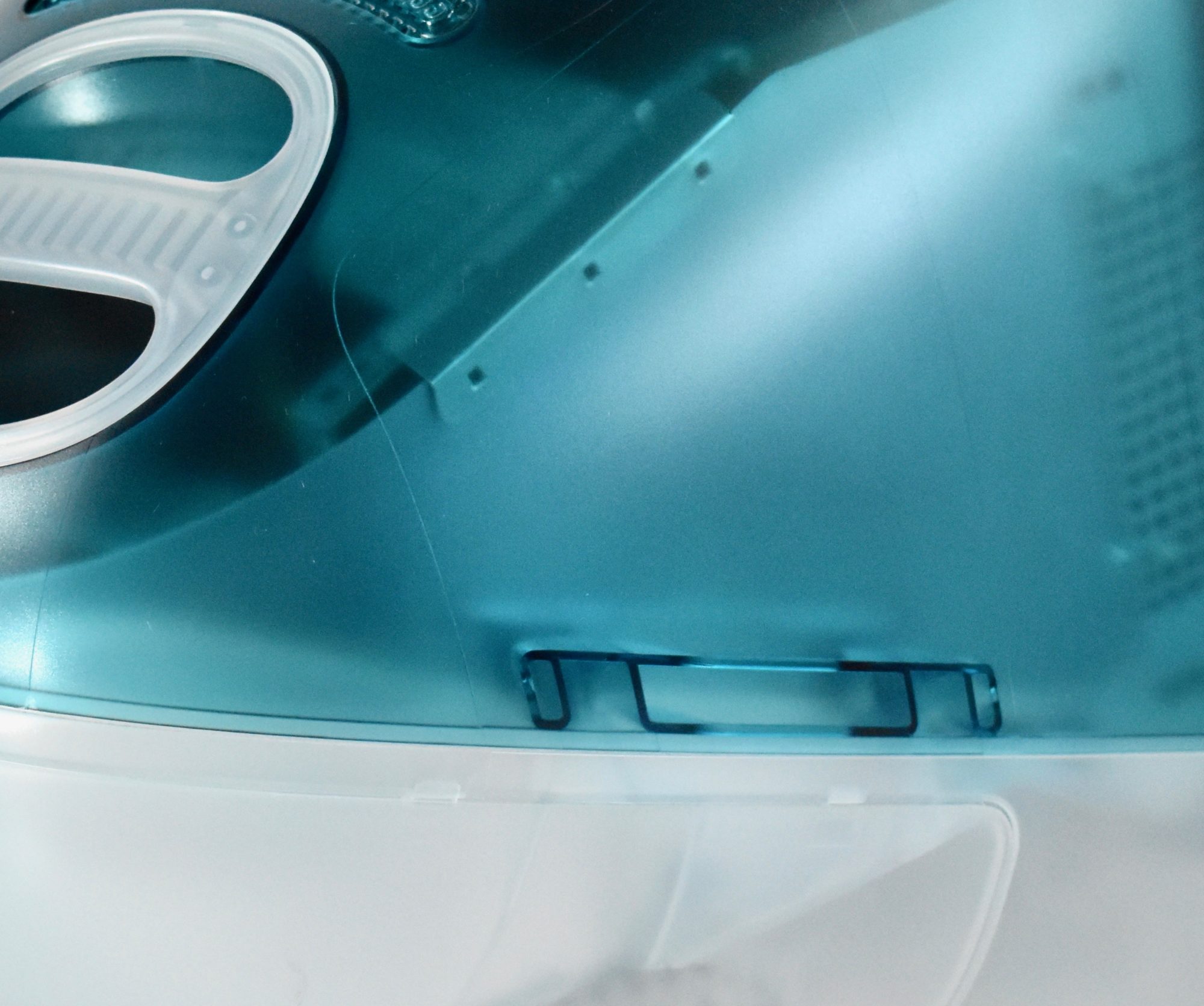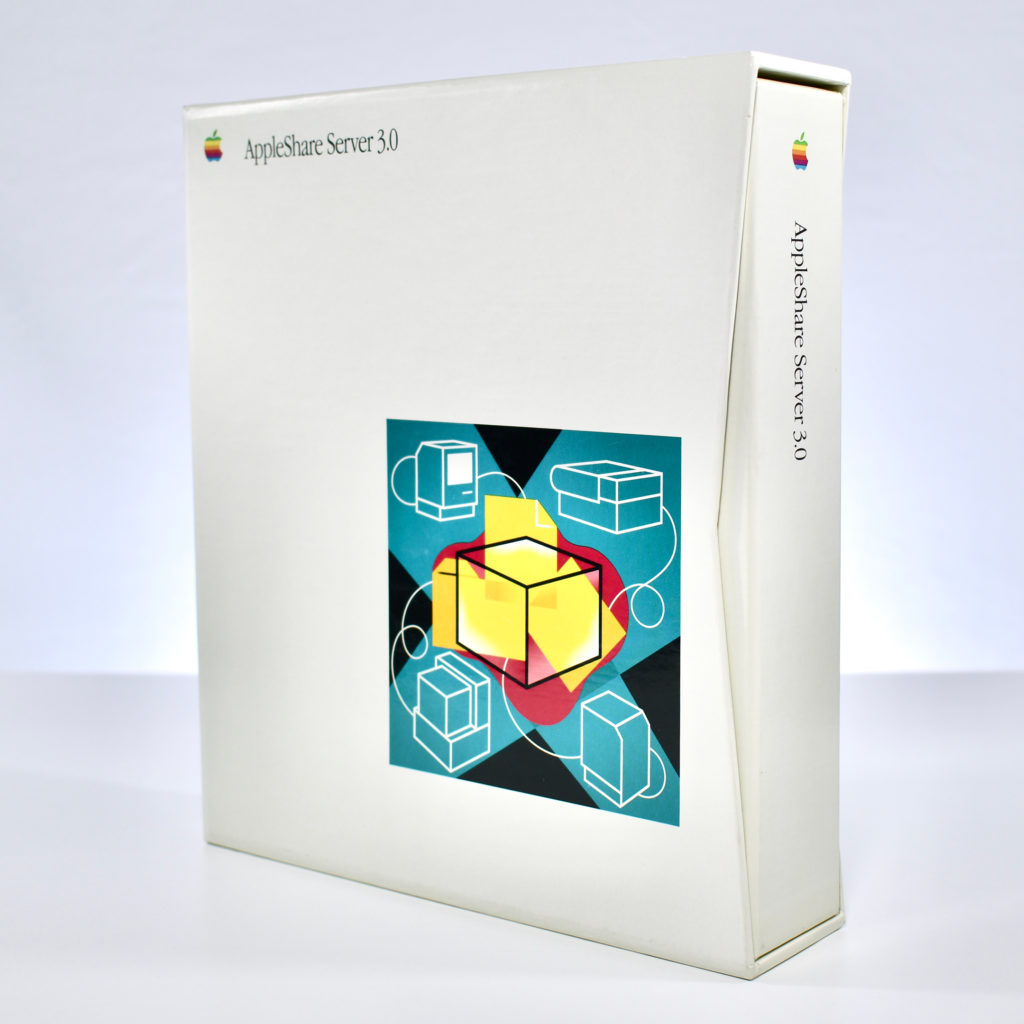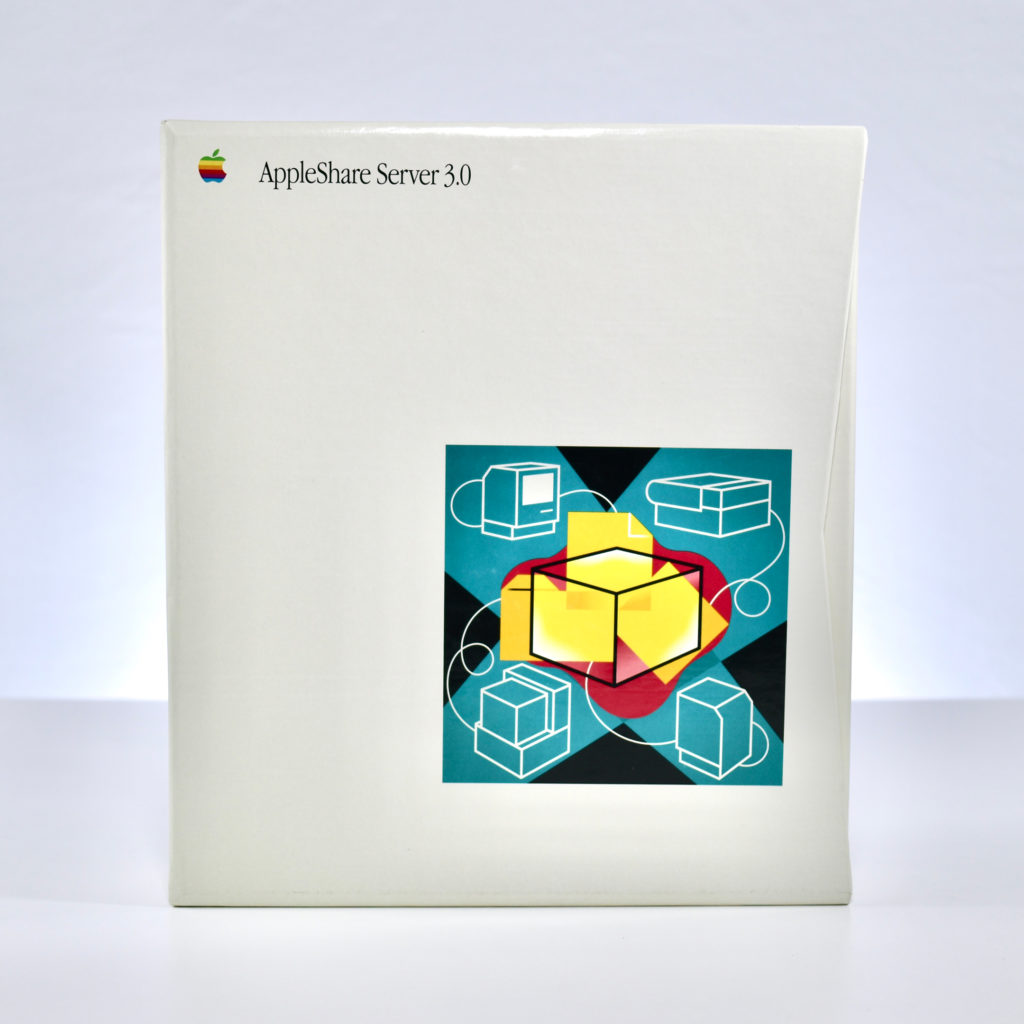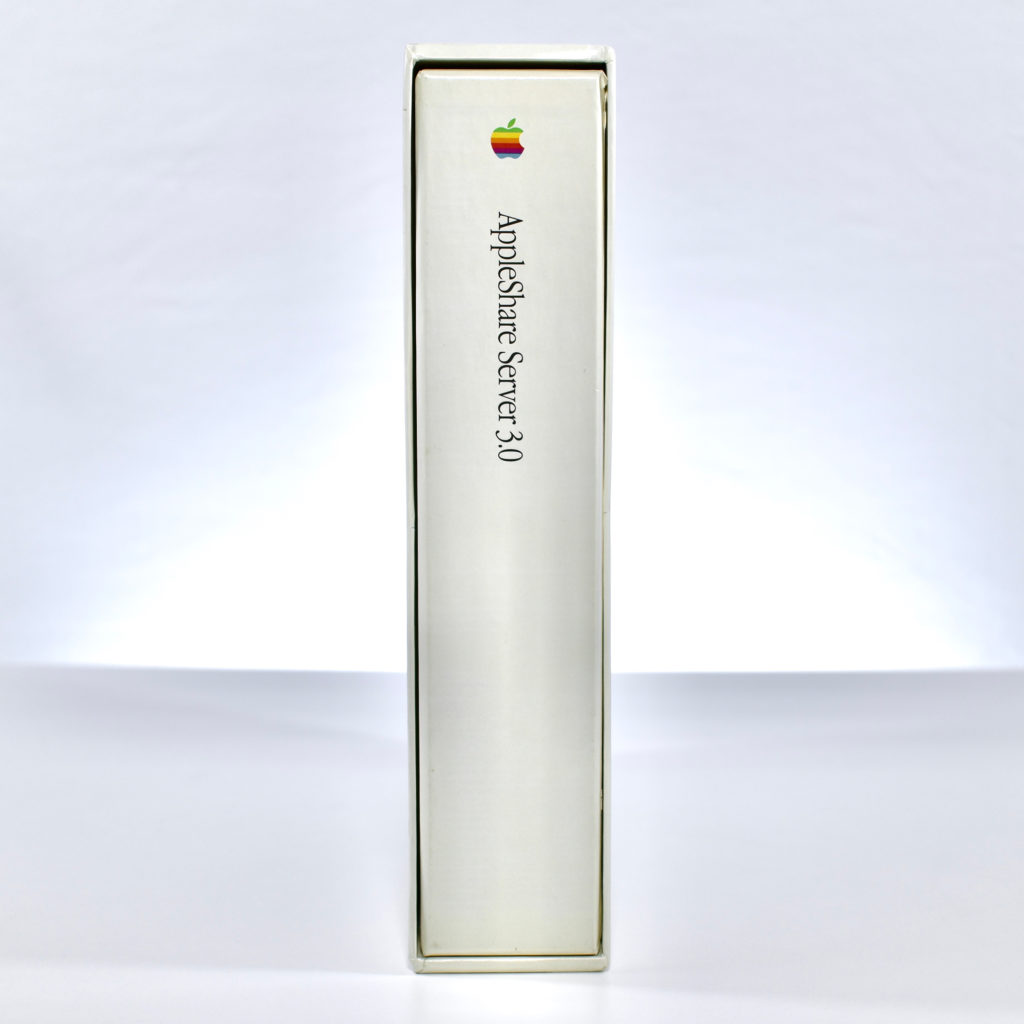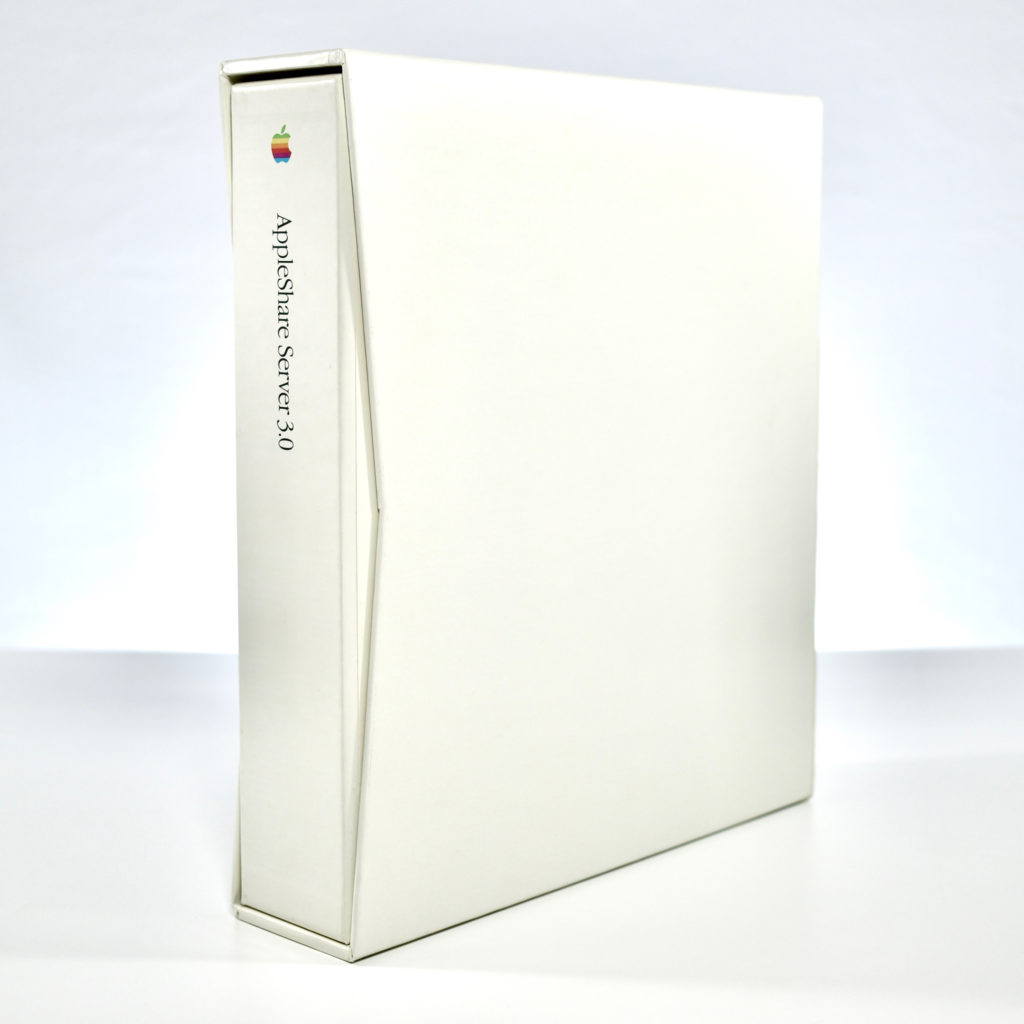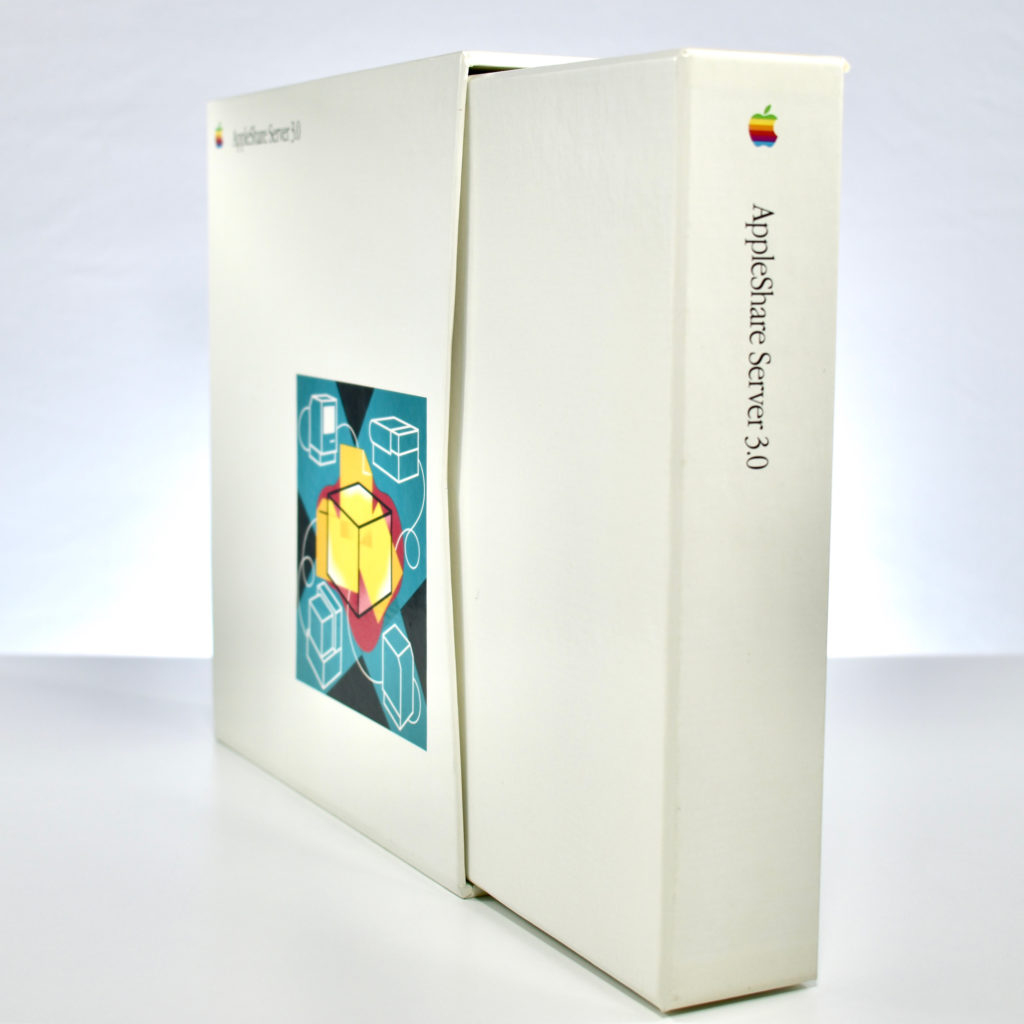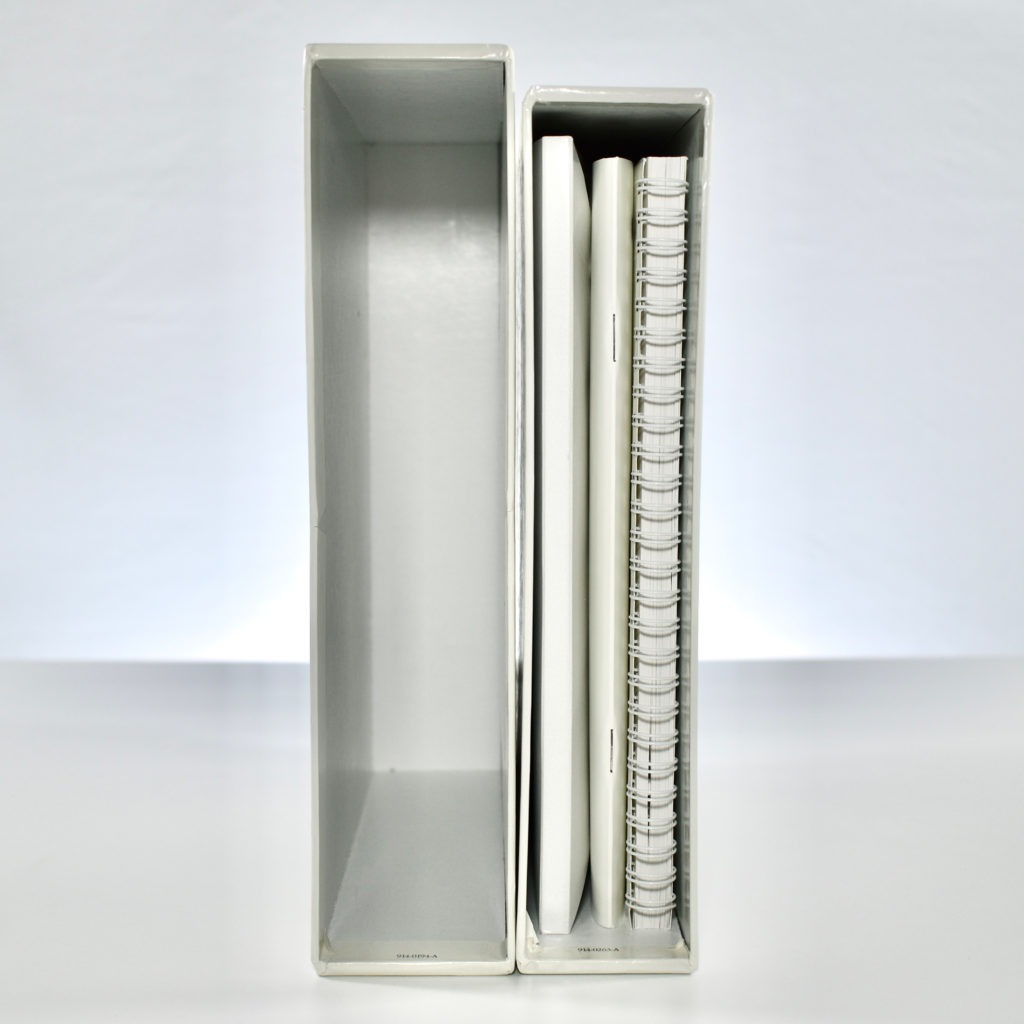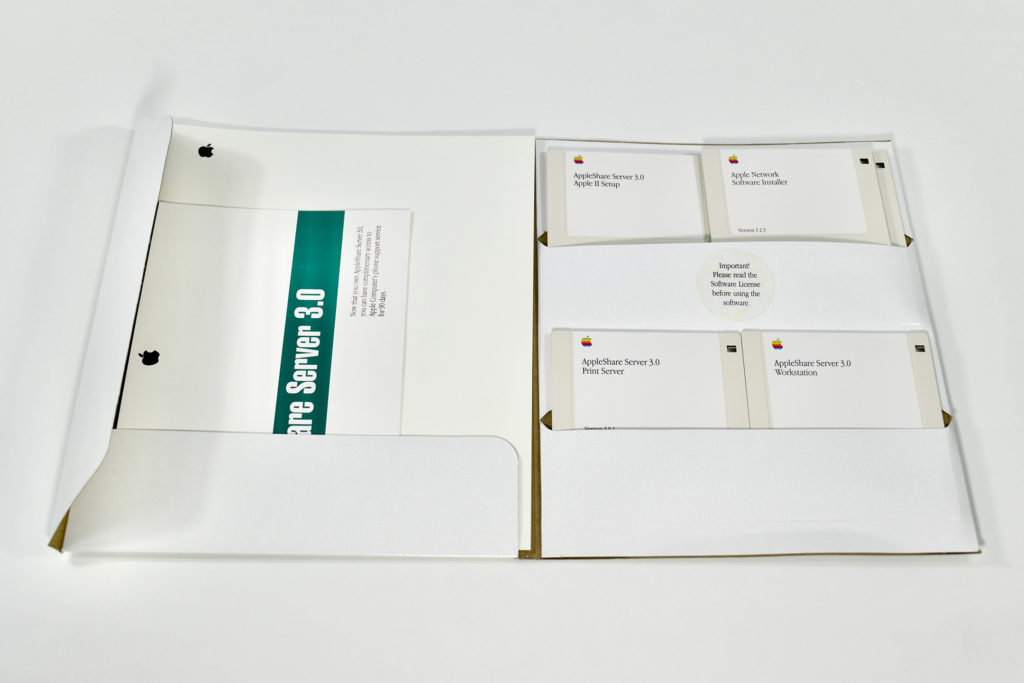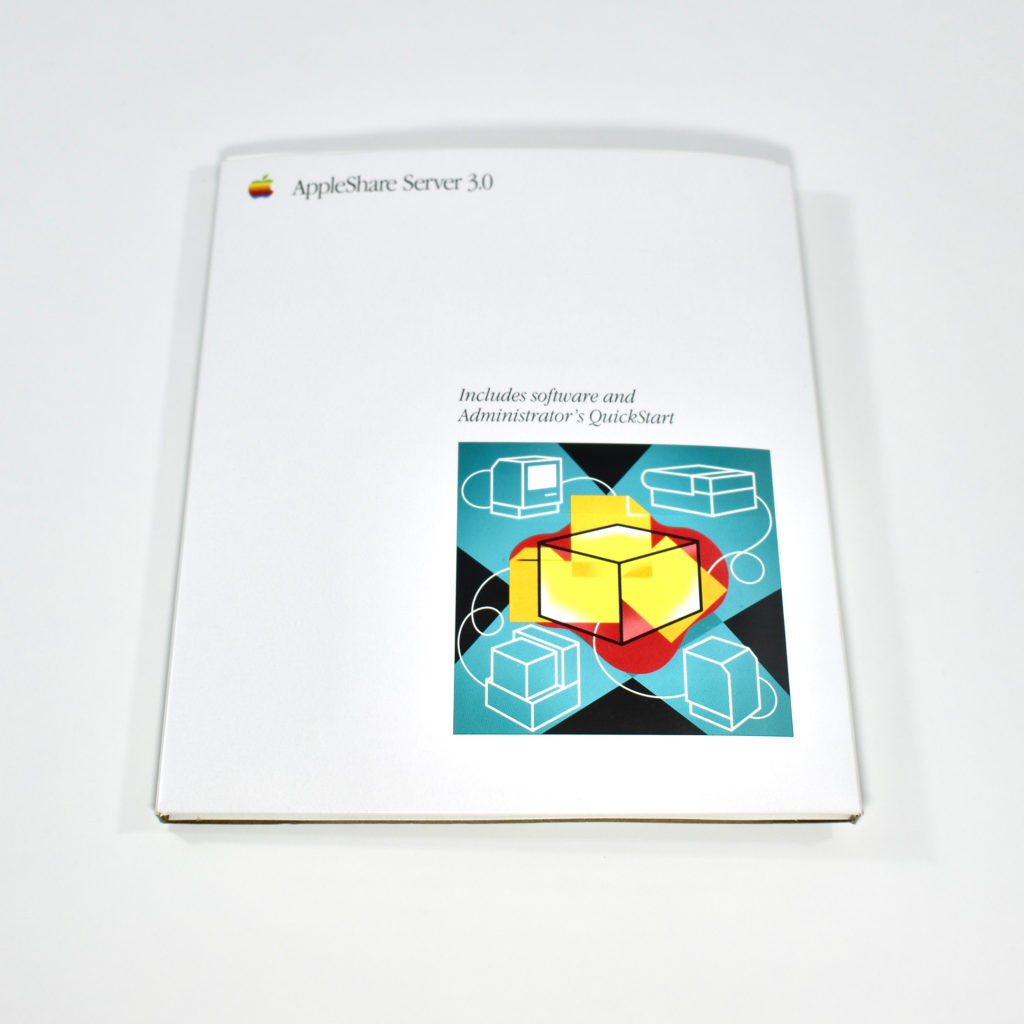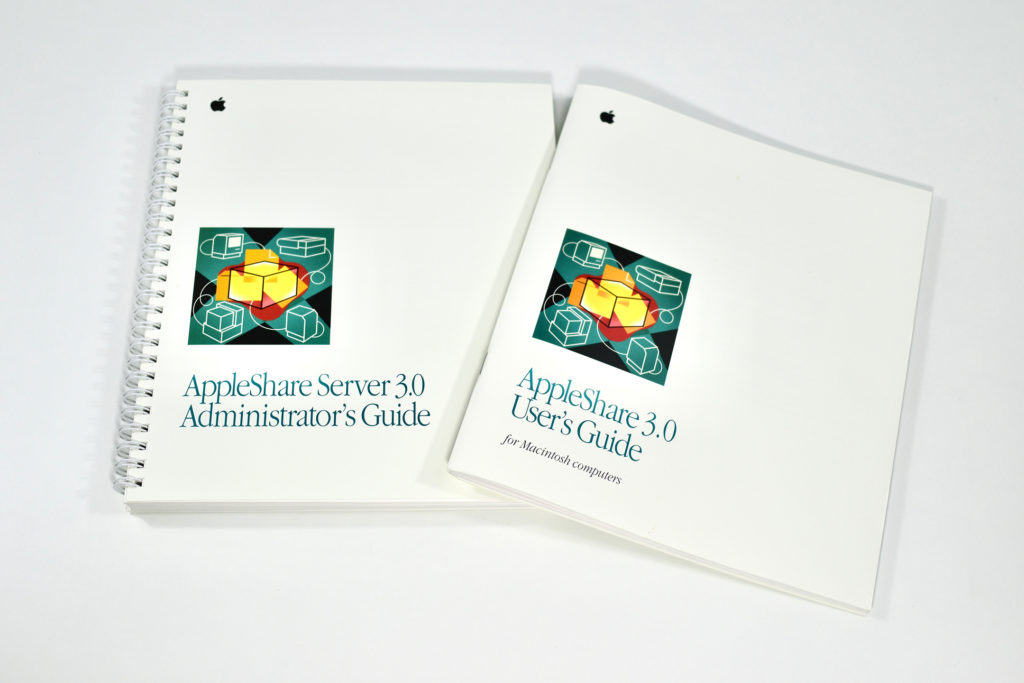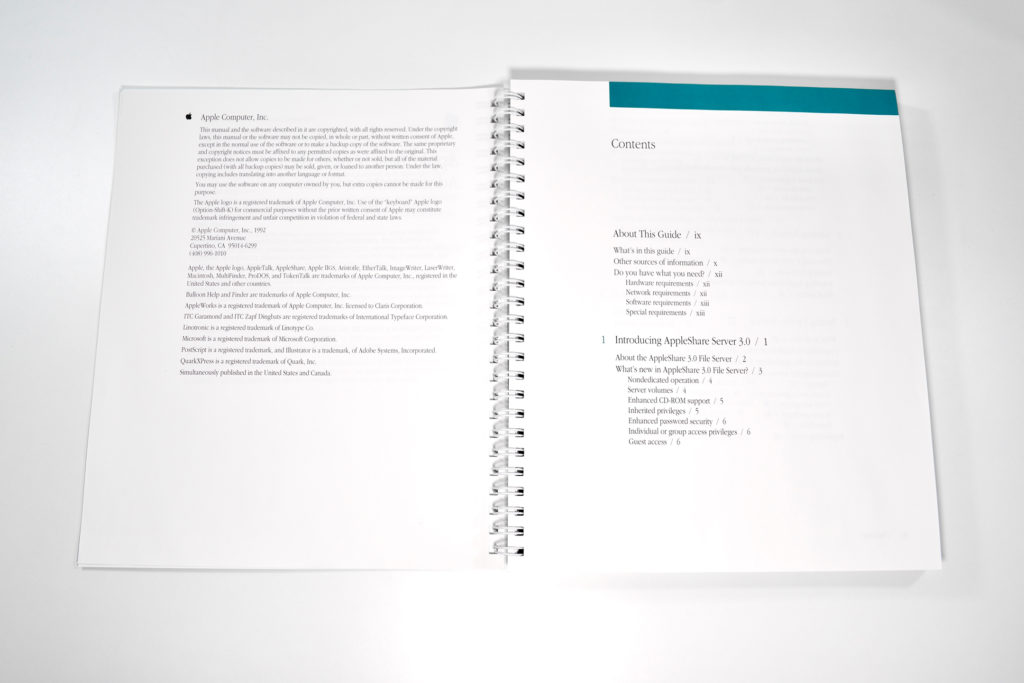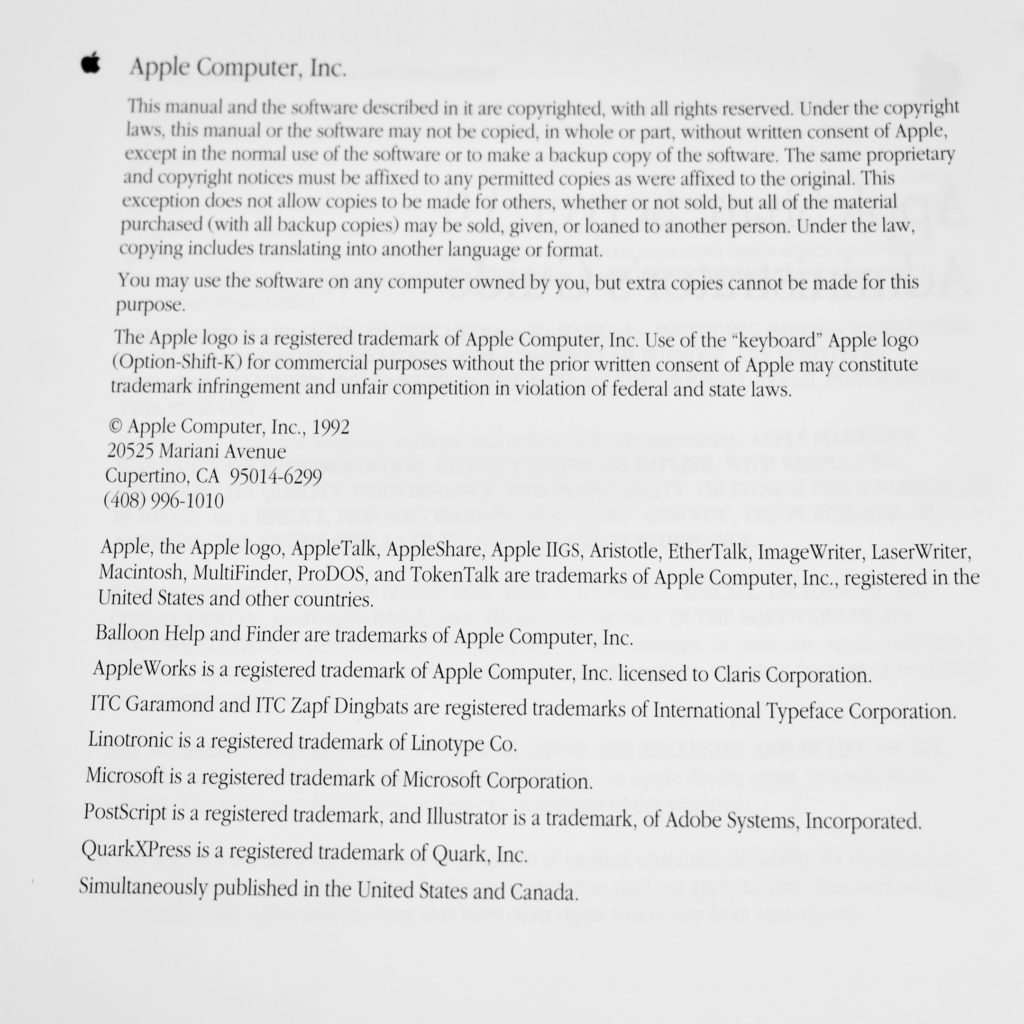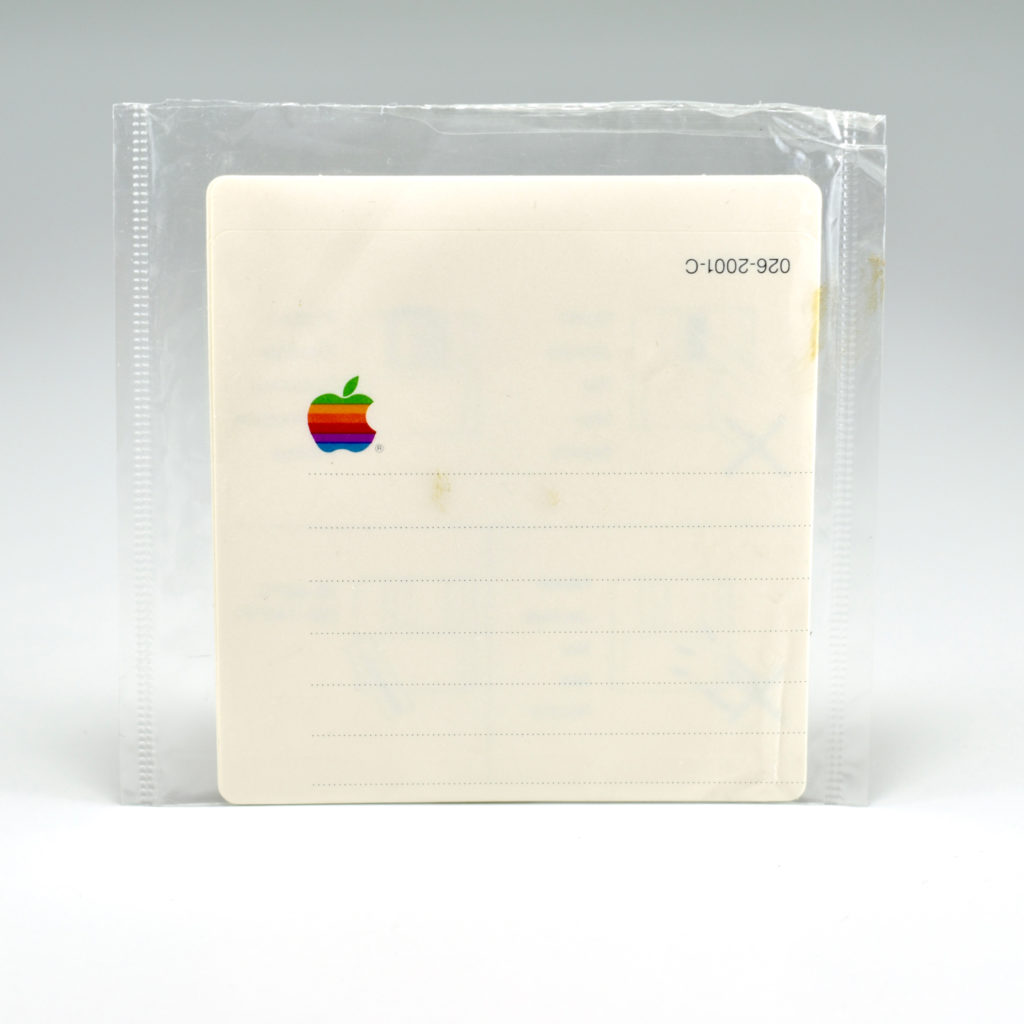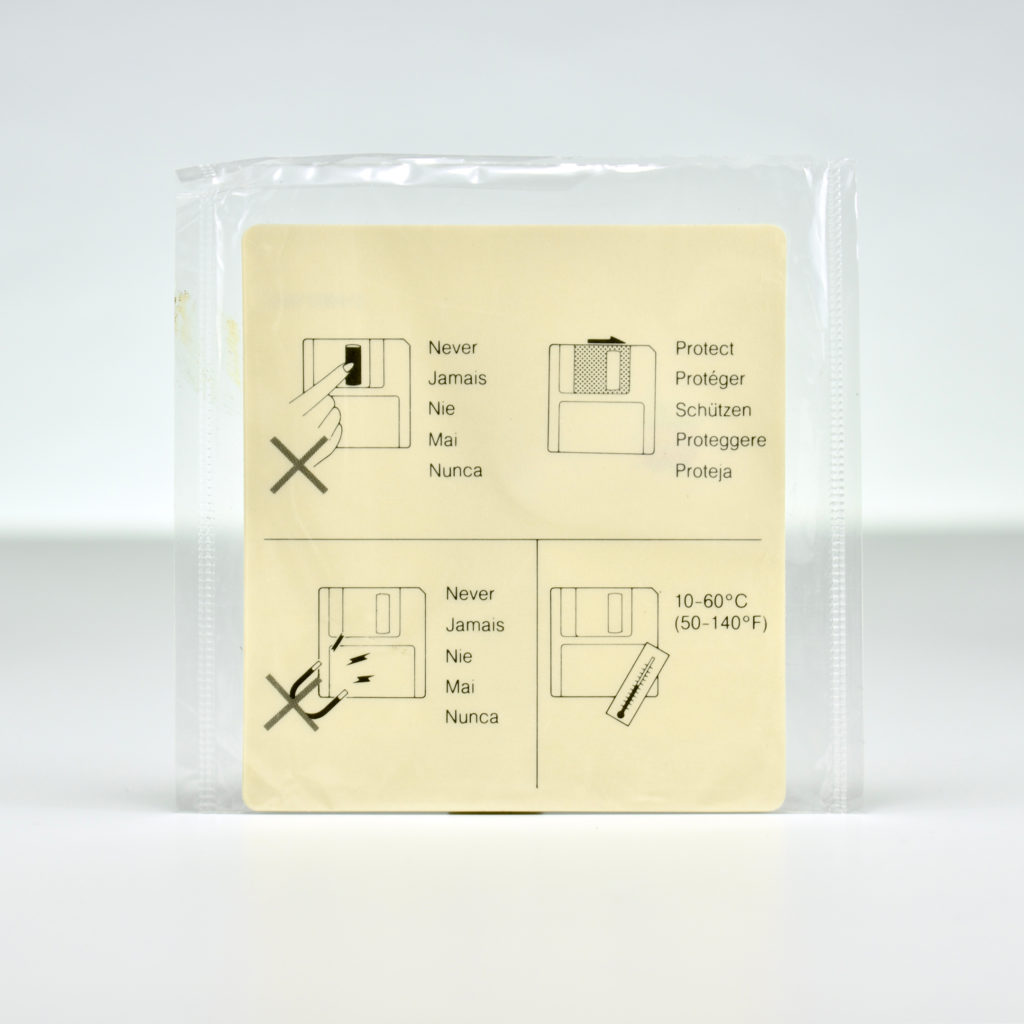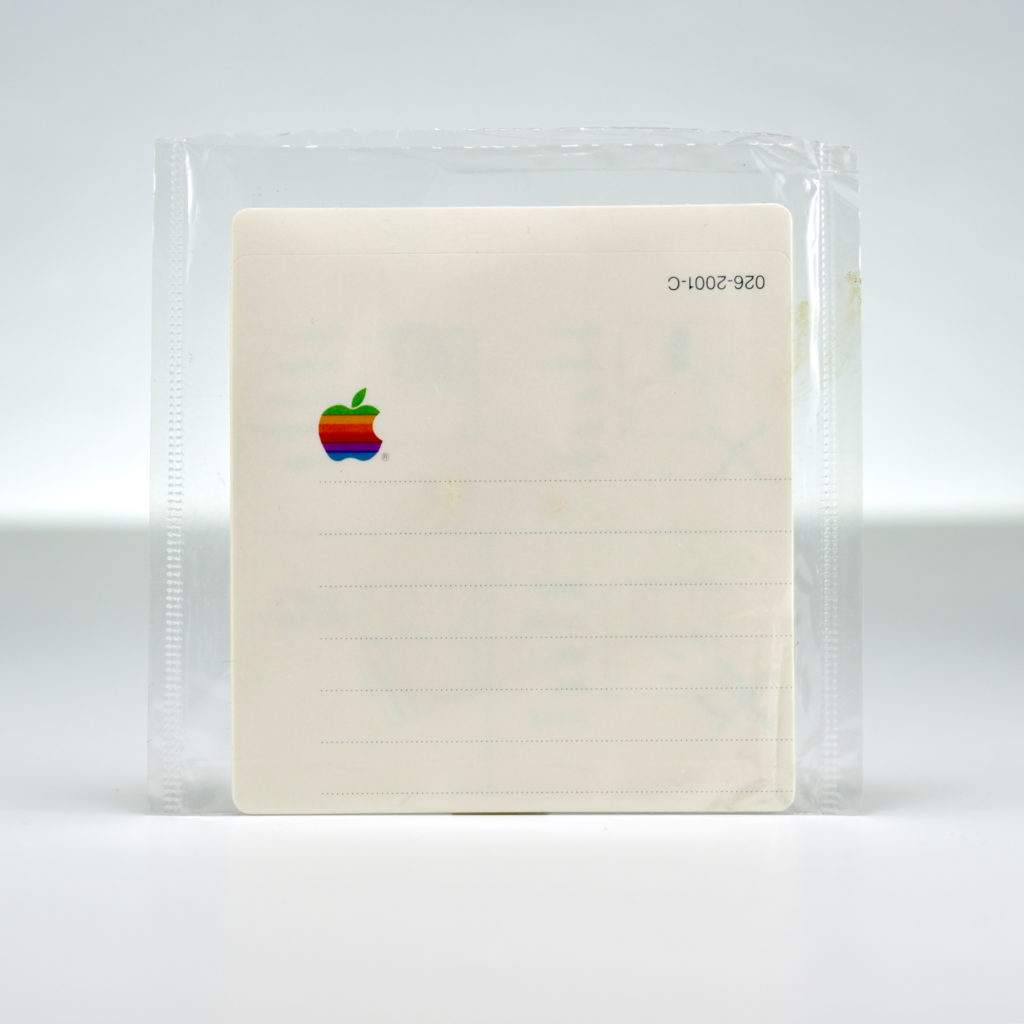The 3.5-inch floppy disk was used in the very first Macintosh computer in 1984 after its initial introduction by Sony in 1981. By 1992 the format had evolved several times and was used as a relatively inexpensive and reliable way to share digital files before the Internet. At the time, the CD-ROM was gaining popularity, but most users had access to 3.5-inch floppy drives.
This Macintosh Educational Software Guide from 1992 contains a compressed HyperCard Stack.
HyperCard was a software application and development kit for Apple computers that allowed users to create and/or read hypermedia documents, a format that was used before the World Wide Web. The system was developed and used extensively between 1987 and 1994, and retired in 2004.
According to its accompanying envelope—found digitally, but not a part of my collection:
The “MacEduGuide ’92” compressed HyperCard stack on this floppy disk includes information about more than 1,300 software programs for students, teachers, and administrators in K-12 schools. Each product listing includes the following information:
- Product description
- Publisher’s name, address, and phone number
- Education pricing (when available)
- Grade range
- System requirements
- Additional items included with the software
- Product review citations in educational software journals
- Publisher’s policies (copy protection, site licensing, 90-day free trial, and so on)
The special features of this stack allow you to search for information using any combination of elements: title, publisher, subject and topic, specific grade or grade range, and system requirements.
You can print any or all of the product lists and product information. The “mailer” button that appears with each product description allows you to print a letter to the publisher requesting additional information.
Further, the HyperCard Stack was compressed using the .sea compression method popular at the time for Macintosh computers. While Windows primarily used .zip for compression, Apple used .sea (Self Extracting Archive). The format was built into the Macintosh Operating System at the time and did not require a “helper app” to open and decompress the file.
Sources: Macintosh Repository, Wikipedia (floppy disk, HyperCard, archive formats)



